Making the most of your flock
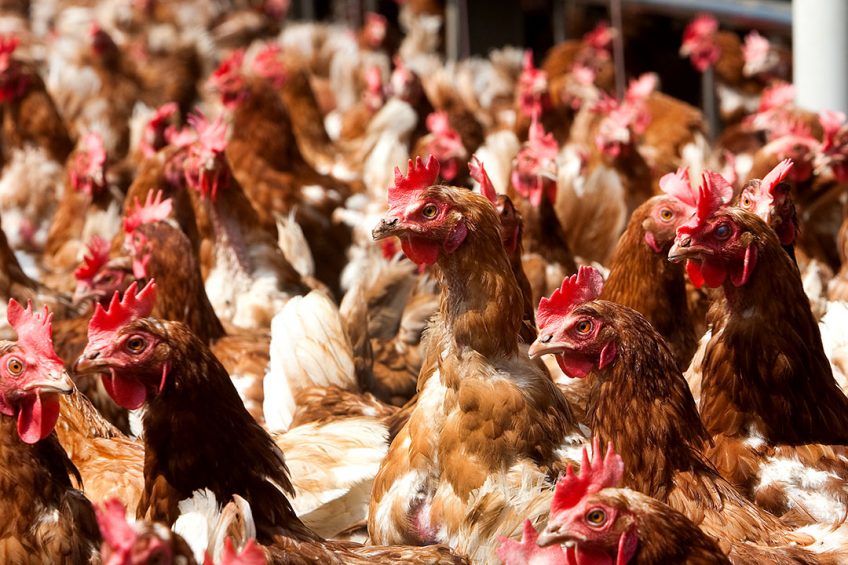
Having great genetic potential is one thing, making the most of it is another. That’s why the recent Lohmann distributor meeting focused on management. Both sharing the latest insights, and revisiting more well-known practices that might still need attention.
Good management is a continuous process. While conditions may vary extremely depending on where in the world you are situated, everyone wants to make the most of its flock. In the layer industry, the growing trend of cage free adds to that challenge. It requires adjustments in management for those who make the move. During the recent Lohmann Franchise Distributor Meeting, both the latest insights in good management were shared, as well as other insights that might still need attention. Cage free was certainly a recurrent theme. At the same time, for those of us who operate in parts of the world where cage free is turning into the new standard, it’s good to notice that the majority of layers worldwide is still in cages. As Lohmann managing director Javier Ramírez reminded everyone: 90% of the laying hens worldwide are kept in cages. Where cages are in some parts of the world ‘the former way to produce’, the breeding company helps producers in other parts of the world to actually get the birds off the floor and in the cage. These differences require adjustments in management.
One thing Lohmann recently updated in their management guide is the bodyweight curve, specifically nearing the end of the rearing period. After the first eight weeks there’s a decrease in the strong weekly weight gain, which the experts readjusted because they were convinced that the decrease was a bit too strong and actually had undesirable consequences.
Big differences around the world
In reality, Lohmann’s geneticist Dr Matthias Schmutz sees a big difference in flocks’ bodyweight around the world, due to different housing systems, facilities, climates and management, among other things. In certain parts of the world, it’s difficult to reach the recommended weight range, he stated, while in others flocks surpass the standard range. The flocks that surpass the standards potentially get restricted in its feed intake, against being overweight. When that happens during the second part of the rearing period, around the age of 14 till 16 weeks, that’s a risk. It’s during that time that the growth of the reproductive tract starts, as well as that of the medullary bone which plays an import role in producing the eggshell later on. A critical phase to start restricting the birds, Dr Schmutz said. It’s why in the most recent update of the electronic management guide, the body weight standards during that period are increased, to avoid restricting the birds in its feed intake during this critical growth period. The S-shaped bodyweight curve has been levelled out a bit. Especially in cage free systems, a higher body weight is necessary, Matthias Schmutz stressed. Returns will come in the form of better persistency, better performance and lesser mortality. “It’s not a change in genetics,” he concluded, “It’s a change in recommendations.”
Rearing period
Lohmann nutritionist Robert Pottgüter added, stressing the importance of good management in the rearing period: “Rearing is the basis for success. In alternative housing, please focus more on rearing.” Grit, which supports the digestion, is getting a renewal with the growing trend of alternative housing, Pottgüter stated: “It’s a management tool to support birds behaviour.” In alternative housing, grit can be added to the litter, to give the birds something to search for. Next to his focus on grit, Pottgüter also stressed the importance of taking action against mycotoxins in raw feed material. He mentioned an example from Peru, where they easily and without much cost cleaned corned by sieving it. Mycotoxins harm the metabolism of the liver. This organ plays an important role in eggshell quality.

Next to feed management, light management was on the agenda. Lohmann’s technical service coordinator Farhad
Mozafar looked back on what was assumed some years ago: that birds see the same as humans. A totally wrong assumption. The human vision is limited compared to that of poultry. Next to the spectrum of what humans see, birds also see infrared and ultraviolet. “They are more developed than us for seeing,” he declared. Where a human sees 25 to 30 images per second, a chicken sees 150 to 200. That means that lighting that seems perfectly fine to the human eye, might have a disco effect on the chicken. Mozafar stressed the importance of adjusting the lighting to the sight of the chickens, while also admitting that poultry science is still at the start of knowing what exactly a chicken sees. But some general tips: don’t go for the cheapest option available, and choose lighting specifically designed for poultry. Mozafar referred to the growing cage free trend as well: who would have thought a few years ago that this trend might spread like it has. “We have to keep adjusting ourselves, and our management. Changes can happen very fast.”
 Beheer
Beheer
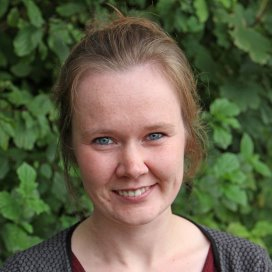
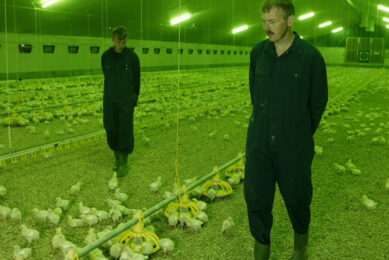
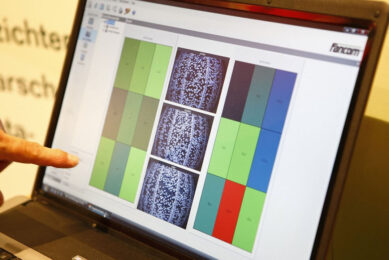
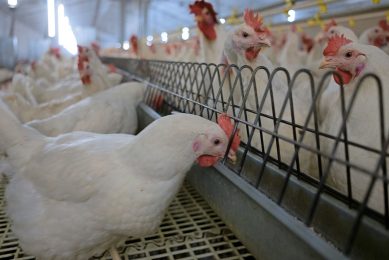



 WP Admin
WP Admin  Bewerk bericht
Bewerk bericht